Data tells, but stories sell. In a crowded digital marketplace, where every competitor is shouting about features and discounts, the most effective competitive advantage is a compelling narrative. Most small businesses focus exclusively on what they sell and how much it costs. They list their services and hope for the best, failing to build the emotional connection that creates true customer loyalty and brand recall. This leaves them sounding just like everyone else, lost in the noise.
This guide moves beyond abstract theory. We will deconstruct seven specific, actionable storytelling techniques for your business. I will provide clear frameworks and real world examples that you can implement immediately to improve your marketing, increase customer engagement, and boost your local search engine performance. This is not about being a creative writer. This is about being a strategic business owner.
The ‘Why’: The Neurological & Business Case for Storytelling

Before we dive into the “how,” you must understand the “why.” Storytelling is not a soft skill; it is a fundamental business tool grounded in science and strategy. When you understand why it works, you can apply it with precision.
The Science of Connection
Our brains are hardwired for stories. For thousands of years, stories were how we passed down information, warned of danger, and built communities. When we hear a good story, our brains release a chemical called oxytocin. This is often called the “trust hormone.” It is the same chemical that helps parents bond with their children.
When a business tells a story that resonates with a customer, it is not just sharing information. It is creating a genuine chemical reaction in the customer’s brain that fosters feelings of trust, empathy, and connection. A customer who trusts you is far more likely to buy from you, recommend you, and stay loyal to you, even if a competitor offers a slightly lower price.
Data with a Soul
Imagine a plumber tells you, “We have a 98% on time arrival rate.” That is a piece of data. It is logical, but not very memorable.
Now imagine the plumber tells you this: “Last winter, during that huge snowstorm, an elderly client named Mrs. Davis had her pipes burst at 2 AM. The roads were a mess, but we knew she was alone and scared. Our technician, Mark, got there in 45 minutes and had her heat and water back on before sunrise. That is what we mean when we say we show up.”
Which one will you remember? The second one, the story, gives the data a soul. It transforms a statistic into a memorable narrative about reliability and care. Stories provide the context that makes facts stick.
Building Your “Moat”
In business and investing, a “moat” is a competitive advantage that protects a company from competitors, just like a moat protected a castle. Your prices can be matched. Your services can be copied. But your unique story? That is yours alone.
For a local business, your story is your ultimate moat. A giant national chain cannot replicate the story of how your family started a bakery in Titusville three generations ago. A faceless online retailer cannot share the story of how you personally helped a local family find their perfect home. Your story is your unique identifier. It is what makes you different and gives customers a reason to choose you over the seemingly endless number of other options.
Foundational Elements: The Structure Behind Every Great Business Story

Great stories do not happen by accident. They follow proven structures that have been used for centuries to capture attention and deliver a message. Understanding these basic elements will give you a path for crafting your own business narratives.
The Hero’s Journey (Joseph Campbell)
This is one of the oldest storytelling structures in the world, found in everything from ancient myths to modern movies like Star Wars.
- The Concept: The most important rule of the Hero’s Journey in business is this: Your customer is the hero, not your company. The hero (your customer) has a problem and is called to an adventure. They are hesitant until they meet a mentor or guide (that is you, your business). The guide gives the hero a plan and a tool (your product or service) to overcome their challenge. The hero succeeds and returns home transformed.
- The Application: This is the perfect framework for case studies and testimonials. Do not just write, “John Doe was happy with our work.” Instead, tell the story. What was John’s problem before he found you? What was at stake? How did your service act as the tool that helped him solve his problem? What does his success look like now?
The Golden Circle (Simon Sinek)
This is a simple but powerful framework that flips traditional marketing on its head. Most companies communicate from the outside in.
- The Concept: Imagine three circles, one inside the other.
- The outer circle is the WHAT: What you do. (We sell coffee.)
- The middle circle is the HOW: How you do it. (We use fair trade beans and a special roasting process.)
- The center circle is the WHY: Why you do it. What is your purpose, cause, or belief? (We believe a town square needs a gathering place, and great coffee brings people together.)Sinek argues that inspiring companies start with “Why.” They lead with their purpose, which attracts customers who share those same beliefs.
- The Application: The Golden Circle should be the blueprint for your “About Us” page and your overall brand message. Start by explaining why your business exists beyond just making a profit. This is how you build a tribe of loyal followers, not just a list of customers.
The Three-Act Structure (Origin, Conflict, Resolution)
This is the classic structure of most plays and movies. It is simple, powerful, and easy to apply.
- The Concept:
- Act 1: The Setup. Introduce the world and the main character. For a business, this is the story of your founding. What was the world like before your business existed? What problem did you see?
- Act 2: The Confrontation. The character faces a series of challenges and obstacles. For your business, what struggles did you face while getting started or developing your product?
- Act 3: The Resolution. The character overcomes the challenge, and there is a new normal. For your business, this is the solution you created and the positive impact it has on your customers’ lives today.
- The Application: This is the ideal structure for telling your company’s origin story in a compelling way. It shows your journey and makes your success feel earned and authentic.
7 Actionable Storytelling Techniques for Your Business
Now we move from the frameworks to the specific types of stories you can start telling today.
1. The Origin Story: Humanizing Your Brand
This is the story of how and why your business began. It is your most foundational story because it separates you from every other faceless company and gives you a human identity.
- Why It Works: People connect with people. Sharing your personal motivation, the spark of the idea, and the struggles you overcame makes your business feel real and relatable. It shows passion and purpose, which are contagious.
- Big Company Example: The story of how Steve Jobs and Steve Wozniak started Apple in a garage is legendary. It is a story of humble beginnings, big dreams, and a passion for changing the world.
- Small Business Example: A financial advisor could share, “I started this firm after I saw my own parents get confusing, expensive advice from a big bank. I knew there had to be a better way for regular families in our community to build wealth with a partner they could trust.”
- How to Apply It:
- The Spark: What was the moment you realized, “This needs to exist”?
- The Struggle: What challenges did you face in the beginning? (Finding funding, developing the product, etc.)
- The Discovery: What key lesson did you learn along the way?
- The Mission: How does that original spark guide your business today? Write this story down and make it the centerpiece of your “About Us” page.
2. The Customer-as-Hero Story: Building Social Proof
This technique uses the Hero’s Journey framework to turn your customers into the stars of your marketing.
- Why It Works: People trust their peers more than they trust advertisements. When a potential customer sees someone just like them succeeding with your product or service, it is incredibly persuasive. It provides “social proof” that you can deliver on your promises.
- Big Company Example: Weight loss companies like Nutrisystem are masters of this. Their commercials are filled with before and after stories of real customers who overcame the struggle of weight loss with their program.
- Small Business Example: A local landscaping company could tell the story of the Smith family. “The Smiths loved their home but were overwhelmed by their messy, unusable backyard (the problem). They wanted a safe place for their kids to play and a patio for summer barbecues (the goal). Our team came in as their guide, creating a design plan (the plan) and using our expertise to build a beautiful new stone patio and lawn (the tool). Now, the Smiths spend every weekend enjoying their outdoor oasis (the success).”
- How to Apply It:
- Identify your happiest customers.
- Ask them for an interview (you can offer a small discount for their time).
- Ask questions that follow the Hero’s Journey: What was your life like before our service? What was the biggest challenge you faced? What has changed for the better now?
- Write up their story as a case study for your website, a blog post, or a social media feature.
3. The “Behind the Scenes” Story: Fostering Transparency & Authenticity
This type of story pulls back the curtain and shows people how your business really works.
- Why It Works: In a world of polished ads and perfect Instagram feeds, authenticity is refreshing. Showing your process, your workspace, and the people on your team makes you seem more transparent and trustworthy. It proves you are a real business run by real people.
- Big Company Example: Domino’s Pizza ran a famous campaign showing how they were improving their recipe based on negative customer feedback. They showed the real chefs in the test kitchen. It was a risky move that built tremendous trust.
- Small Business Example: A local coffee shop can post short videos or photos of the coffee beans being delivered, the roasting process, a barista practicing their latte art, or the team setting up in the morning. A contractor could post a video explaining why they use a specific type of screw for decking, showing their expertise and commitment to quality.
- How to Apply It:
- Think about what parts of your job are “normal” to you but might be interesting to a customer.
- Use your phone to take photos or short videos of your team at work, your materials, or your process.
- Share these on social media, in your Google Business Profile posts, or in your email newsletter with a short caption explaining what is happening.
4. The Mission/Values Story: Attracting Your Tribe
This story is about what you stand for, beyond just making a profit. It is your “Why” in action.
- Why It Works: Today’s consumers, especially younger ones, want to support businesses that align with their own values. When you clearly state what you believe in, you attract customers who believe in the same things. You are not just selling a product; you are offering them a chance to be part of a shared identity.
- Big Company Example: The outdoor clothing brand Patagonia is famous for its environmental activism. Their mission, “We’re in business to save our home planet,” is at the core of their stories. This attracts fiercely loyal customers who are also passionate about the environment.
- Small Business Example: An auto repair shop in town could build its brand around the value of honesty. Their story might be: “We believe you should never have to wonder if you’re being taken for a ride. We started this shop to be a place where our neighbors could get honest advice and fair prices, every single time. We’ll show you the old part, explain the repair, and treat your car like it’s our own.”
- How to Apply It:
- Identify your top 3 core values (e.g., community, craftsmanship, sustainability, honesty).
- Look for ways to tell stories that demonstrate those values in action. Did you sponsor a local little league team (community)? Did you spend extra time perfecting a product (craftsmanship)?
- Feature these values prominently on your website and in your marketing materials.
5. The Data Story: Making Metrics Meaningful
This technique involves taking a piece of data or a statistic and wrapping it in a human story to give it emotional impact.
- Why It Works: Our brains are not built to get excited about numbers and percentages. We are built to get excited about people. A story provides the emotional context that makes data powerful and memorable.
- Big Company Example: Google’s “Year in Search” videos are brilliant data storytelling. They do not just list the top search terms. They weave them into a moving story about the year’s hopes, struggles, and triumphs, creating a powerful emotional experience from raw data.
- Small Business Example: A local accounting firm could say, “We saved our clients over $200,000 in taxes last year.” That is good. But a data story is better: “We’re proud to have saved our clients over $200,000 last year. That’s money that went toward a down payment on a first home for a young family, helped a local restaurant expand to a second location, and allowed a couple to finally take their dream vacation.”
- How to Apply It:
- Find an impressive piece of data about your business.
- Ask yourself: “What is the human impact of this number?”
- Tell the story of that impact. Use specific, relatable examples.
6. The Failure Story: The Power of Vulnerability
This is a more advanced but incredibly powerful technique. It involves sharing a story about a time you made a mistake or failed, and what you learned from it.
- Why It Works: It is counterintuitive, but sharing a failure can build more trust than only talking about your successes. It shows humility, honesty, and a commitment to learning and improving. It proves that you are a real human who has faced challenges, which makes you far more relatable and trustworthy.
- Big Company Example: A famous example is the creator of Spanx, Sara Blakely, who often tells the story of how her father would ask her and her brother at the dinner table, “What did you fail at this week?” He taught her that failure was not an outcome but an indicator of trying new things.
- Small Business Example: A restaurant owner could write a blog post titled, “The Story of Our Worst Menu Item and What It Taught Us.” They could talk about a dish they thought would be a huge hit but that customers hated. The story would focus on how they listened to the feedback and used it to create a new dish that is now a bestseller. This shows they listen to customers and are dedicated to getting things right.
- How to Apply It:
- Choose a failure that has a clear, positive lesson.
- Structure the story: 1. Here is what we tried. 2. Here is why it did not work. 3. Here is what we learned. 4. Here is how we are better today because of it.
- The focus should always be on the growth and improvement that came from the mistake.
7. The Future Story: Painting a Vision
This story is about where you are going. It paints a picture of the future for your customers and invites them to be a part of it.
- Why It Works: People want to be part of something that is growing and has a purpose. Sharing your vision makes customers feel like insiders on a journey. It builds excitement and positions you as a forward thinking leader in your field, no matter how small your business is.
- Big Company Example: Tesla does not just sell electric cars. Elon Musk constantly tells a story about the future, a future of sustainable energy, space exploration, and technological progress. People who buy a Tesla are also buying into that vision.
- Small Business Example: A small, independent bookstore could share their vision: “Our goal for next year is to not just be a place that sells books, but to become the true literary hub of our community. We are planning to launch a local author series, a children’s story hour on Saturdays, and a book club for seniors. We envision a space where people of all ages can connect through the power of stories.”
- How to Apply It:
- Think about your goals for the next one to three years.
- Frame these goals as a vision that benefits your customers and your community.
- Share this vision in your email newsletter, on social media, or in a blog post to get your customers excited about what is next.
Practical Application: Where to Deploy Your Stories for Maximum Impact
Crafting these stories is the first step. The second, equally important step, is knowing where to put them so they are seen by the right people.
Your Website
Your website is your digital storefront, and it is the most important place to tell your story.
- Homepage: Your homepage should immediately communicate your “Why.” In one clear sentence, it should tell a story about the problem you solve for your customers.
- About Us Page: This page should not be a boring resume. It is the dedicated home for your full Origin Story and Mission/Values Story. A compelling About Us page is a massive trust signal for both new customers and for search engines like Google, which want to rank real, trustworthy businesses.
- Service/Product Pages: Do not just list features. Weave in mini Customer-as-Hero stories. Next to a description of your “Advanced HVAC Tune Up” service, include a short quote: “‘Our energy bill dropped by $50 the month after Mike’s team came out. I couldn’t believe it.’ – Sarah K., Titusville.”
Local SEO Integration
Stories are a powerful tool for improving your visibility in local search results.
- Google Business Profile: Your Google listing is not just a name and address. Use the “Updates” feature to post short “Behind the Scenes” stories, share a Customer-as-Hero win, or talk about a community event you are sponsoring. Use the Q&A feature to answer common questions with a story that demonstrates your expertise.
- Local Landing Pages: If you have pages on your site for specific towns you serve, customize them. Instead of just saying “We Serve Franklin, PA,” tell a one paragraph story about a project you completed for a client in Franklin. This makes the page far more relevant and valuable.
Content & Social Media
These channels are perfect for ongoing, chapter by chapter storytelling.
- Blog Posts: Your blog is the ideal place for long form stories, like detailed Customer-as-Hero case studies or your Failure Story.
- Email Marketing: Use your welcome email sequence to tell new subscribers your Origin Story over a series of days. This builds a relationship from day one.
- Video: Video is the most powerful storytelling medium we have.21 Use your phone to record a 60 second Customer-as-Hero testimonial, a tour of your shop, or a quick video of you sharing your vision for the future.
Conclusion
Storytelling is not an extra task to add to your marketing checklist. It is a core business strategy. It is the operating system that runs beneath everything you do, turning faceless transactions into human connections. It is the framework for building a memorable brand, fostering true customer loyalty, and differentiating your business in a competitive market.
Do not be overwhelmed by the options. Start with one. Your call to action today is simple: Go to your website’s “About Us” page and read it out loud. Does it tell a story, or does it just list facts? If it is just facts, rewrite it using the Origin Story framework. The optimization of your brand begins there.






